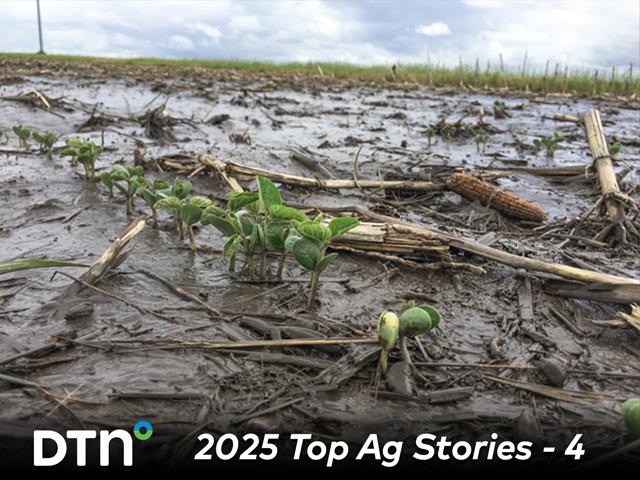Canada Markets
Canada's Food Inflation Will Be Hard to Tame
When you are in a hole, the best advice is to stop digging. Canada's government is fighting themselves in their attempts to control inflation, with the Bank of Canada hiking rates to control inflation, while the government has announced billions of dollars of spending to fight the effects of inflation, which many economists view as the reason we face inflation in the first place. As well, the federal government has increased the carbon tax by 25% on April 1, while costs of transportation and heating will rise further when the Clean Fuel Standard is implemented this year. These are taxes on everything that moves, increasing the cost of living for consumers at bottom of the food chain.
Videos are circulating this week of Canada's Finance Minister and Deputy Prime Minister Chrystia Freeland stating on an IMF-hosted panel that Canada's commitment to the country's climate action remains steadfast, with the carbon tax increased "even in the face of higher inflation." The government's appearance on the international stage seems a priority.
Today's Statistics Canada May Consumer Price Index report shows that energy prices have risen 34.8% from May 2021 to May 2022, which includes a 48% hike in gasoline. While this is a source of obvious pain for all those driving vehicles, today's report indicates that "Canadians reported food as the area in which they were most affected by rising prices."
P[L1] D[0x0] M[300x250] OOP[F] ADUNIT[] T[]
While not shown on the attached chart, the price of all food has risen 8.8% from May 2021 to May 2022, unchanged from the previous month. This is the highest reported since a 9.2% price rise was reported in June 1982. While this data is enough to shock consumers and create headlines, BNN Bloomberg reported in September 2021 on a Dalhousie University Agri-Food Analytics Lab study that actual food inflation is close to double what is being reported.
As seen on the attached chart, food from restaurants across Canada has risen 6.8% year-over-year in May, while food from stores has risen 9.7%, shown as a yellow bar as it is unchanged from the previous April report. This compares to the overall Consumer Price Index of 7.7%. Of the products shown on the chart, the year-over-year change ranged from 7.9% for dairy products and eggs, or supply managed products, up to 30% for edible oils and fats.
Also in the news is reports that Canada's dairy industry has announced its second price hike for the year on Sept. 1 of 2.5% or 2 cents per liter. This is described by the Globe and Mail as a "rare mid-year price hike," while Sylvain Charlebois, or @FoodProfessor on Twitter, stated that "'Greedflation' can be found everywhere, even on the farm." He also reports that Canada's dairy industry dumped close to 9 million liters of milk in 2021, or close to $25 million worth, which Canadian consumers pay for in addition to the price hikes.
Inflation will lead to rising labor costs and along with increasing interest rates, will lead to rising break-evens on agriculture production. Higher transportation costs will add even further to the store shelf price.
Cliff Jamieson can be reached at cliff.jamieson@dtn.com
Follow him on Twitter @Cliff Jamieson
(c) Copyright 2022 DTN, LLC. All rights reserved.






Comments
To comment, please Log In or Join our Community .